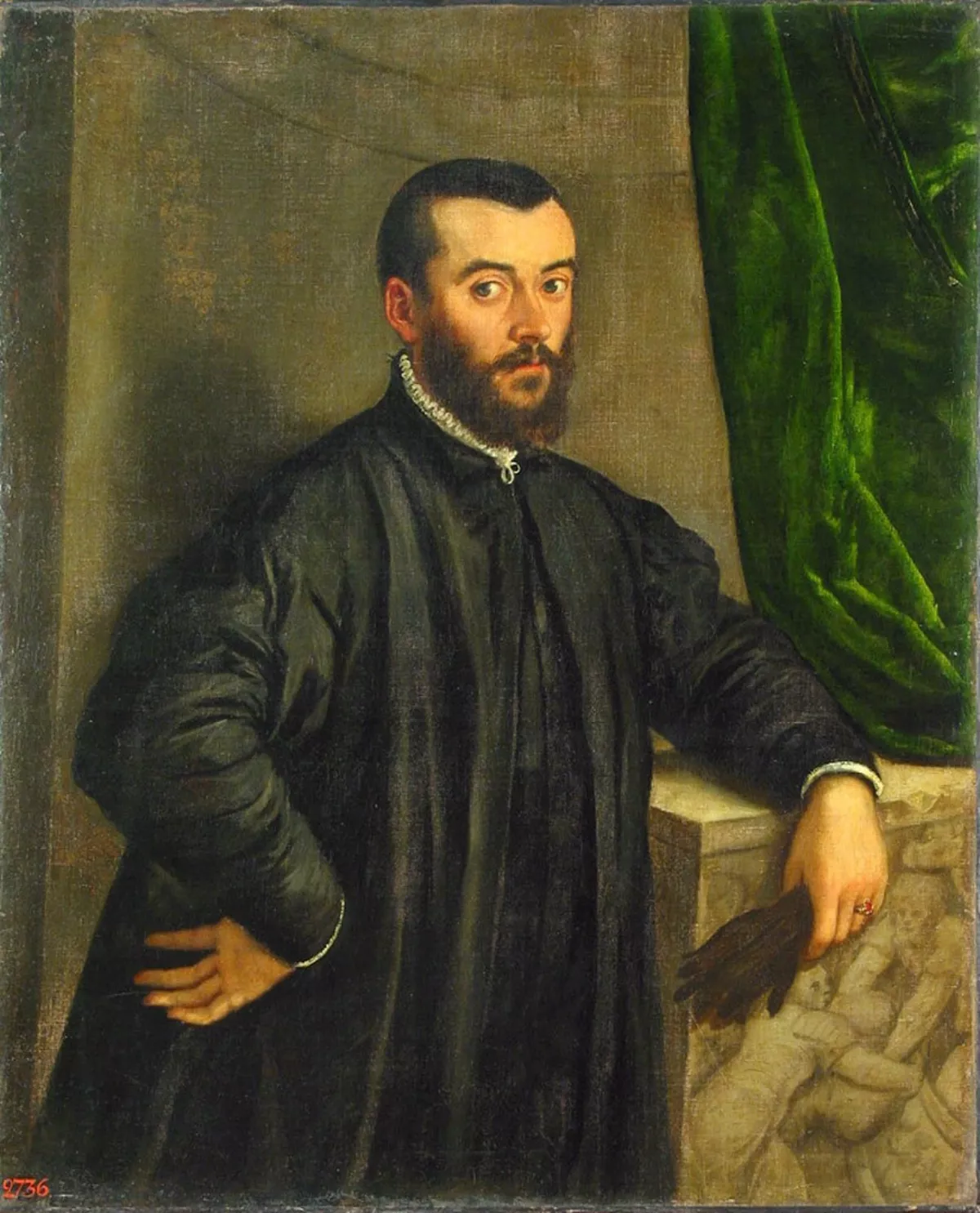 1.
1. Andries van Wezel, latinized as Andreas Vesalius, was an anatomist and physician who wrote De Humani Corporis Fabrica Libri Septem, which is considered one of the most influential books on human anatomy and a major advance over the long-dominant work of Galen.